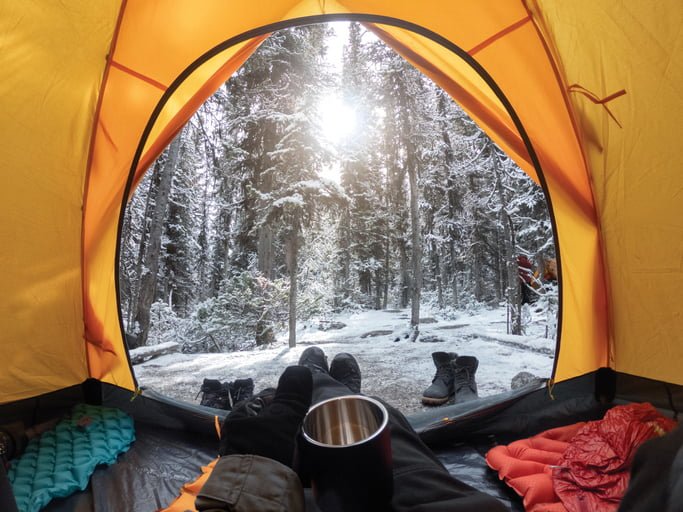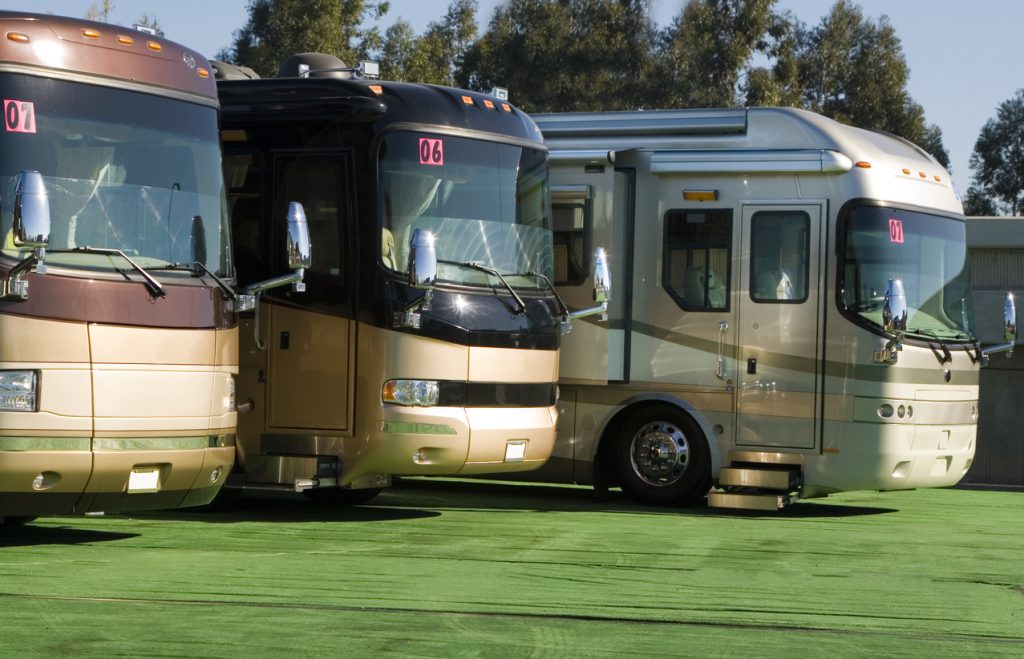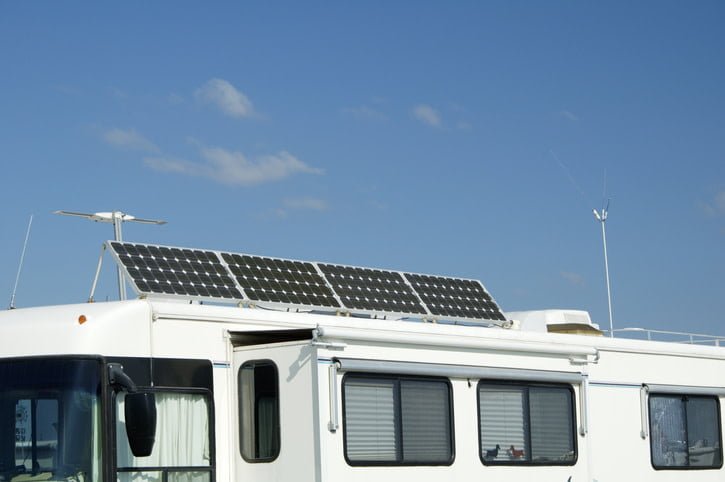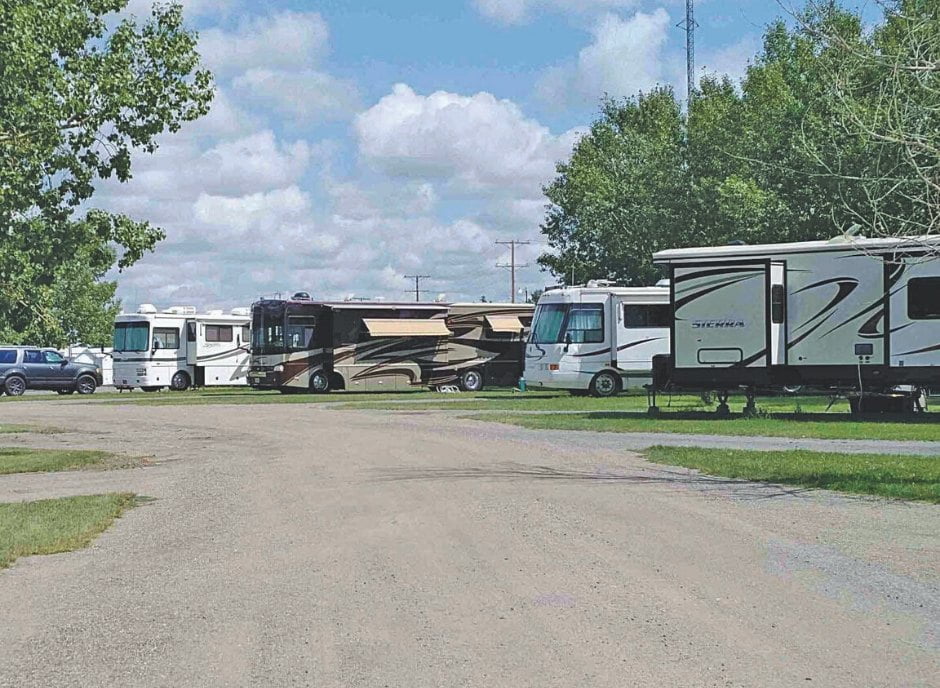Setting out to enjoy a few days in the beauty and solitude of nature is a special treat during the winter months. Trails are less crowded, the scenery is breathtaking and you’re sure to find plenty of snowy spots to hunker down. With so much natural beauty out there waiting to be explored, who would want to stay inside this winter? Keep your camp comfortable, cozy and warm in the snow with these simple camp building tips.
Choose the Right Campsite
Finding a great campsite is key when preparing for a comfortable winter camping spot. Look for an area that is flat and catches the early-morning sun. You should also build your shelter in a space that is protected from falling trees and limbs, avalanche dangers and strong winds. Loose snow drifts are an indication of an area that is less exposed to the elements, while compact snow may indicate a more windswept area.
Prepare Your Base
Once you’ve found a good spot that provides natural protection from the elements, you’ll need to get to work on the base of your shelter. Begin by flattening and compacting the snow that will be under the tent with a shovel or your snowshoes. This process helps to keep your camp more comfortable and prevent any grooves that your body heat may create in the melting snow.
Next, secure your tent lines with snow anchors. As a good rule of thumb, your anchors should be buried about 6 inches deep. Work to pack down the snow and ground above the anchors. Letting it harden for about an hour before you cinch the lines. Alternatives to snow anchors include trekking poles, ice axes, snow stakes or small stuff sacks.
Build a Wall
You’re not done just yet. Now that your tent is secure, you’ll need to create an extra layer of protection around your camp by building up a wall of snow to help break the wind. Use a shovel to either pile up the surrounding snow into a bank or cut out blocks of snow to build up a wall. Be sure to leave at least a 3-foot gap between your tent and the wall, so that any blowing snow won’t collect against the tent fabric during the night. If blowing snow does manage to collect on your tent, the walls may collapse in on you, so be aware of how much space you leave. It’s always better to be safe than sorry.
Extra Comfort
For a little added comfort in the snow, keep the vents in your tent open during the night to help circulate the air and prevent any natural condensation from building up. If condensation is allowed to build up in the tent, there is a possibility that it will trickle down into your sleeping bag. This can be both uncomfortable and potentially dangerous in extreme cold. Additionally, if you’re caught in a snowstorm, be sure to shake off the tent or shovel off extra snow throughout the night to keep it from collapsing. Work in shifts to clear off the snow and ensure that everyone in camp gets enough rest.
No one wants to get caught in the snow without a plan. So be sure to prepare for the worst with a clear and simple snow shelter building plan. Don’t miss out on all the fun and interesting challenges that come along with winter camping because you are afraid of the cold!




